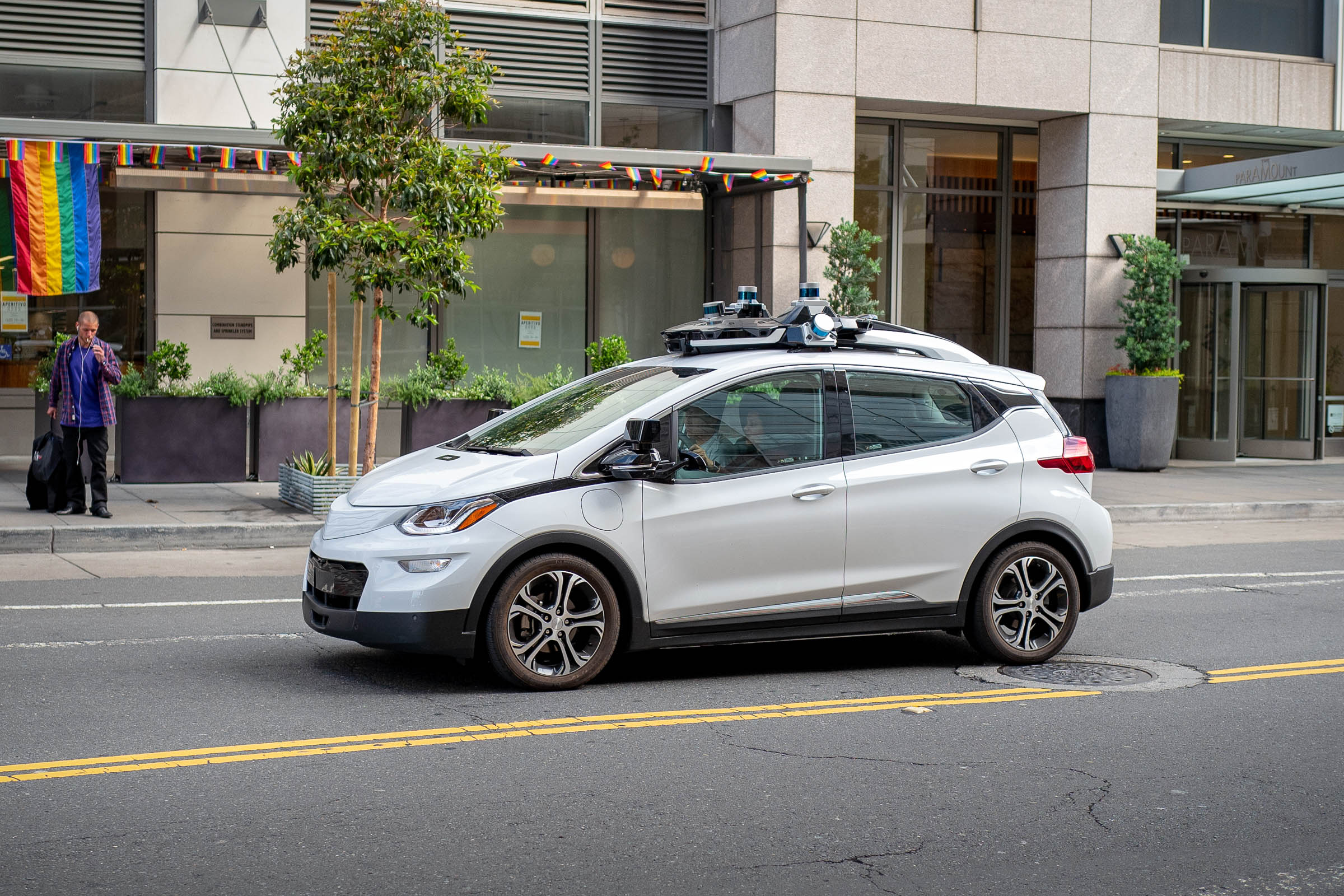3 Steps for Optimizing Fuel Efficiency in Your Car
2020.08.27
It doesn’t matter if you own one of the best fuel-efficient cars on the market when it comes to saving money. Even new car owners spend around $1,500.00 a year on fuel, according to a study by the American Automobile Association. There are ways of optimizing your cars fuel efficiency, though, and keep your car running better longer.
How you drive can affect your cars fuel economy. Don’t hit the brakes when you can ease off the pedal to achieve the same effect. Manual vehicles can be shifted into a higher gear sooner, as higher gears consume less gas. Maintenance can have an impact on how your car performs. While cars today are better when it comes to fuel consumption, regular maintenance can make sure it stays that way.

Here are three tips for optimizing the fuel efficiency of your car.
1. Use the correct grade of motor oil based on the manufacturer's recommendation for your vehicle. Motor oil is an essential lubricant for your car, keeping your engine running smoothly. Motor oil is also graded in terms of viscosity. When you use the wrong viscosity, it can reduce your vehicle's fuel efficiency by 1 to 2 percent. Always check your user's manual to find out what grade the manufacturer recommends. Some manufacturers may recommend different grades depending on the time of year and whether it's hot or cold.
2. Follow the recommendations made in the owner’s manual for your engine tune-ups. Regular tune-ups can help your engine continue to work effectively and provide you with good fuel economy. The first tune-up for a new car usually comes at 10,000 to 12,000 miles with the interval afterwards varying based on the type of car you own. More recent models will let you go about 25,000 miles between tune-ups.
If your car suddenly becomes hard to start, or there sounds like there is something wrong with it when it idles, consider taking your can in for a tune-up. This will help you determine if there is something wrong that needs to be addressed. Cars that have maintenance regularly will see a boost in the fuel economy.
3. Keep your tires inflated to the proper manufacturer specification at all times. Not only is it safer to drive when your tires are at the right pressure, but it can also impact your overall fuel economy. Underinflated tires can change your fuel economy by 0.2% for every 1psi drop in pressure. Plus, driving with underinflated tires compromises the safety and performance.
Purchase a tire gauge at your local automotive store so that you can double-check your tire pressure regularly. If you are not comfortable checking the air in your tires, find an auto shop that will check it for you. Most gas stations have an air pump available that you can use to put air in your tires if needed.
Even the best fuel-efficient cars need a helping hand to maintain their fuel economy. With these three easy maintenance tips, you can get the best performance out of your vehicle and save money at the pumps.
More Articles
Copyright © Fooyoh.com All rights reserved.